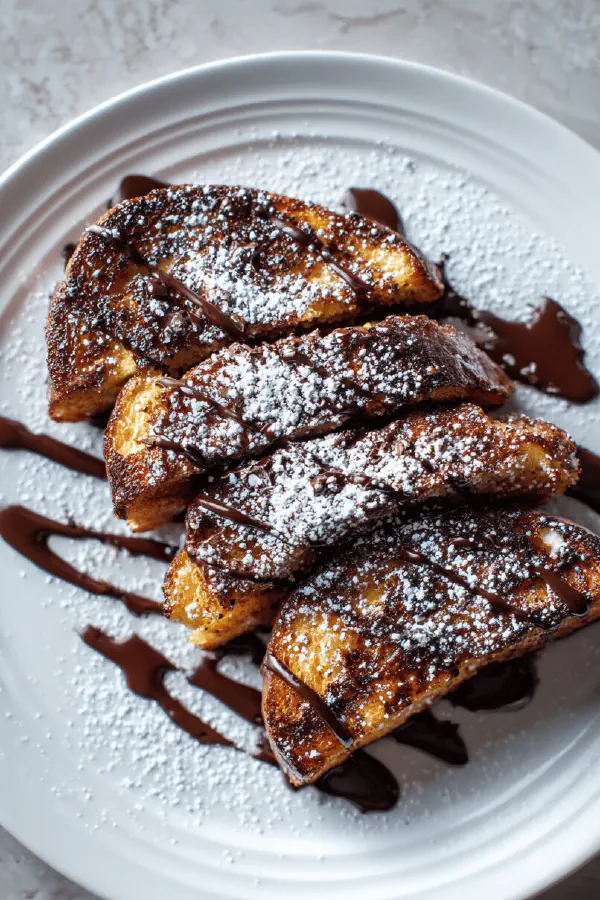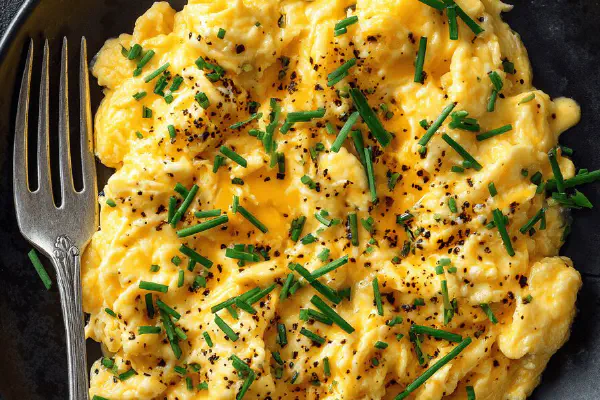Chocolate Pain Doré

By Kate
Ingredients
About the ingredients
Method
Technique Tips
Chef's Notes
- 💡 Use day-old brioche only; fresh bread? Soggy mess for sure. Better crust and soak time if older. Just the right texture matters. Adjust soak time based on bread type. Sourdough? Test with shorter dips, dense.
- 💡 Chocolate chopping thinner means faster melting. Place on warm bread, not too long in pan; not too thick or it sinks. Crust still matters. Choosing bittersweet? Helps prevent burnt taste. Watch closely as it melts.
- 💡 Heat medium, no more. Too hot and it chars outside. Ends up raw in the middle? Not what you want. Listen for sizzling; should sing, not scream. Patience pays off here. It's a balance of heat.
- 💡 When dipping, quick lift from batter. Too long, it'll be a soggy disaster. Shake off excess—don't be shy. Those little bubbles? A sign it's time to flip. Must check color; golden, not burned.
- 💡 For leftovers, skillet's the way. Reheat low to avoid that sad soft texture in microwave. Skip the microwave if you can—keeps crisp better. Use just a bit of oil, refresh texture.
Kitchen Wisdom
Why is my pain doré soggy?
Too long soaking in batter is usual suspect. You want quick dips, not letting sit. Day-old bread holds up; fresh collapse, messy. Too little cooking time happens too; color is your friend.
Can I use different chocolate?
Yes, but bittersweet works best for balance. Milk chocolate? Too sweet generally. Dark? Adjust honey, not over-sweet, just right; consider level of richness in flavor profile.
What if I’m out of almond milk?
Regular milk works, but thicker. Oat milk can work too, little richness. Coconut milk risk’s in higher fat; maybe lighter blend if so. Texture will vary; a test is always good.
How do I store leftovers?
Best in fridge if not eaten. Crispness wanes quickly, but you can try reheating; skillet again, keeps some texture. If microwave used, expect soggy pieces. Eat quick if fresh, savor.



